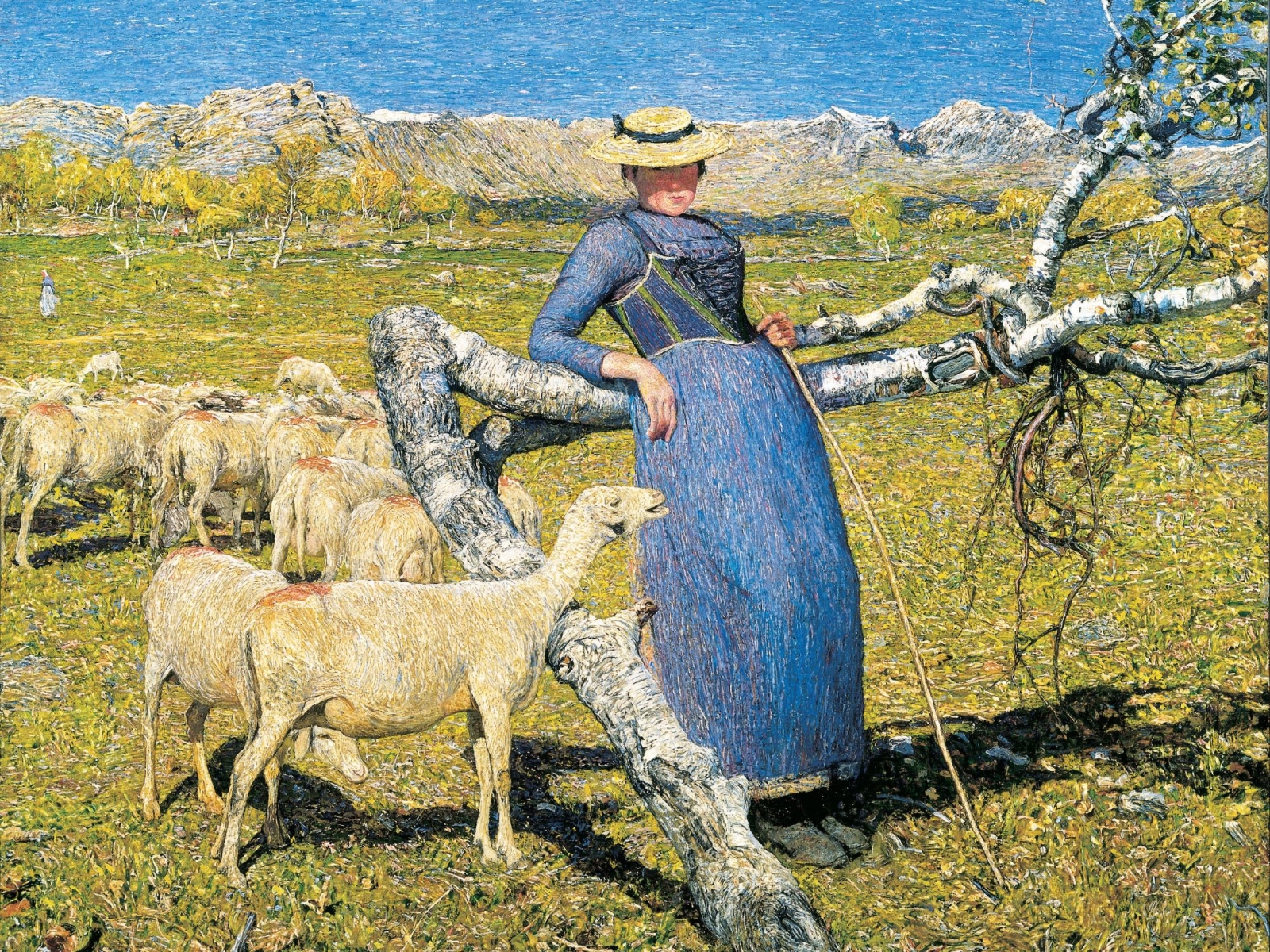"Mountains are mute teachers and make silent disciples," said Johann Wolfgang von Goethe, explaining in one sentence the intimate nature of the highlands and its people. Fragile giants, distant lands, forgotten or overcrowded, wild or hyper-anthropized. But they are also sacred places, hierophany of the divine, points of communication with the celestial sphere, such as Golgotha, Sinai, Meru, Kailash, Fuji, Uluru. Peaks, springs, summits, and valleys filled with myths and legends, ancient tales, primal fears, communities fleeing persecution or seeking tranquility and safety, or adversely affected by harshness, resilient, isolated.
The mountains, as well as the high seas, are places of reflection, where bitter hardships test the human, dark or bright horizons become existential cues, and the soul can mirror itself on the magnificent rock; where one can question the meaning of existence, where one can lose oneself in the constant changing of clouds, where one can learn about nature and its complex and circular interrelationships.
Today, the mysticism and the nature of the mountains, with their lessons taught to disciples, are threatened by capitalist and extractivist overexploitation – whether for tourism or mining makes little difference. Meanwhile, the selfie spectacle society (I wonder what Guy Debord would say about TikTok and Instagram today) trivialises and reduces every landscape to meme and viral video to be consumed uncritically, ignoring the perils of the mountain.
Caught between the need to stop abandonment of the highlands and halting the excessive approach to them – with roads, facilities, and infrastructure in locations of mass tourism – today understanding what sustainable economic development models for mountains can be is a very difficult task. First, because each mountain area has a different history and processes, so it is impossible to compare the Himalayas with the Alps, the Carpathians with the Andes. Second, because the climatic and environmental transformations, along with the social and economic ones, are so many, complex, and never sufficiently researched.
For this issue, we partnered with the University of Gastronomic Sciences in Pollenzo, Italy, discussing the themes, trying to find a focus on agri-food systems and pastoralism, but also to understand the connection with the world of tourism and the innovative development of new communities, as Rosalaura Romeo of the FAO reports beautifully. We addressed climate with Izabella Koziell of ICIMOD, the International Center for the Development of the Himalayan Region, to gain an understanding of regional and global risks in the mountains. We talked about new jobs and new co-working and co-living spaces, signs of a longing to return to the mountains with great attention to recreating ancient balances between humans and the highlands. We witnessed the wreckage of tourism in the Alps and the violent resurgence of high-altitude extractivism in the midst of the new race for raw materials.
An issue made up of many journalistic and geographic photographs, rendering a complex portrait of mountainous areas, at once vivid and troubling. With so many voices, often female, telling of a desire to rethink our relationship with mountains, with their economy, with their nature, with their sacredness. So many disciples, who today can no longer afford to be silent.
DOWNLOAD AND READ THE NEW ISSUE OF RENEWABLE MATTER: MOUNTAIN
This article is also available in Italian / Questo articolo è disponibile anche in italiano
Image: Giovanni Segantini (1858-1899), High Noon in the Alps, 1892



